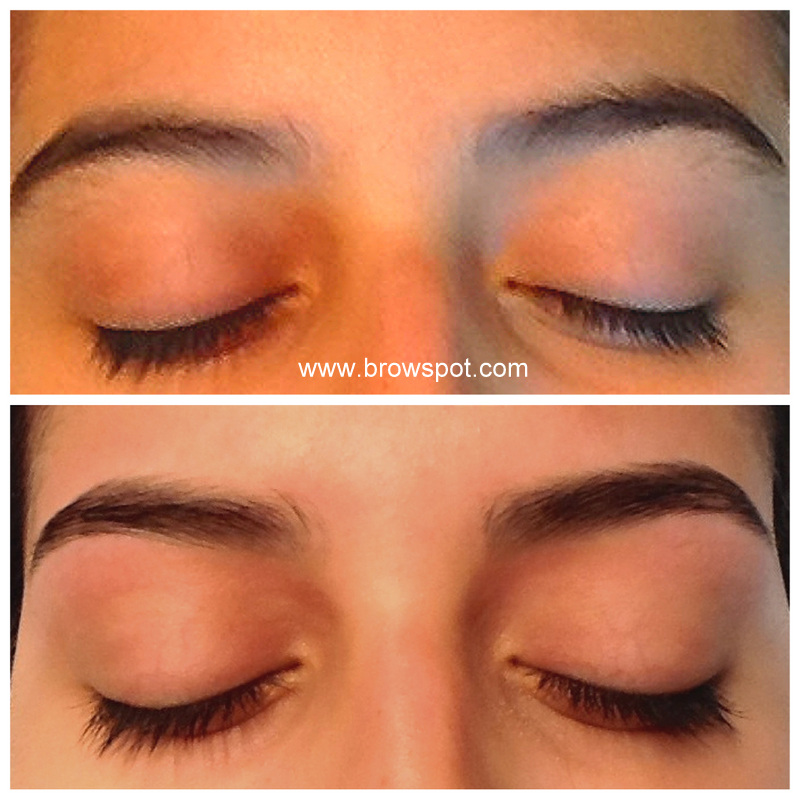Threading for Eyebrows vs. Waxing for Eyebrows: What’s the Best Option for You?
Regarding eyebrow shaping, two popular methods are often considered: threading versus waxing. Each technique has its own pros and cons, making the choice a personal one that depends on the individual's preferences and skin type. Threading has become known for its precision and gentleness, appealing to people who want a softer hair removal technique.

As trends in beauty change, many struggle to choose between these methods, pondering which technique will offer the best outcome for their specific needs. Understanding the differences between eyebrow threading and waxing can help you make an informed decision, making sure your eyebrows look good and feel comfortable. This article we will explore the details of eyebrow threading, exploring its advantages and how it compares to waxing, to assist you in finding what works best for your beauty regimen.
What is Eyebrow Threading?
Eyebrow threading is an age-old hair removal technique which originated in Asia and the Middle East. It involves utilizing a narrow cotton or polyester thread, which is twisted and rolled across the hairs. This approach plucks the hair from the follicle, allowing for precise control over shaping and definition. Unlike waxing, that removes a patch of hair, threading targets individual hairs, rendering it a popular choice for those seeking sharp edges and sculpted brows.
This process of threading is relatively quick, usually taking only a few minutes to shape the eyebrows. A skilled threading practitioner can craft a well-defined arch and remove excess hair with minimal discomfort. Many people prefer this method because it does not irritate the skin as much as waxing, that may cause redness and irritation in sensitive areas. Threading is especially advantageous for those with sensitive skin or allergic reactions to wax products.
Beyond its efficiency and gentleness, eyebrow threading is regarded as a more environmentally friendly option. This method requires no chemicals or artificial ingredients, making it a natural choice for hair removal. Additionally, threading can be done almost anywhere, from salons to brow bars, and even at home with practice. With its growing popularity, eyebrow threading is gaining acclaim as a go-to technique for achieving well-groomed eyebrows.
Benefits of Eyebrow Threading Technique
Brow threading gives several pros that make it a preferred choice for eyebrow grooming. One of the key advantages is the accuracy it offers. The thread can capture the thinnest of hairs, allowing for a clear and distinct shape. This precision means that you can get a more refined look, making it simpler to create well-defined arches and neat lines that outline the face attractively.
Moreover significant benefit of threading is that it is usually more tolerable to the skin compared to alternative hair removal methods, such as plucking. Since threading utilizes a circular motion of the thread to extract hair from the follicle, it does not expose the same level of heat or chemicals to the skin. This makes it suitable for individuals with sensitive skin or those prone to allergic reactions that can occur with waxing products.
Furthermore, eyebrow threading tends to have extended results. Because Jyoti Salon is eliminated from the root, it can take a longer time for hair to regrow relative to other methods that clip hair at the surface level. Many people discover that their brows stay well styled for many weeks after a threading session, making it a practical option for those looking to maintain their eyebrow appearance with less upkeep.
Contrasting Threading and Waxing
When considering eyebrow grooming methods, both threading and waxing have their distinct advantages. The threading method is a precise technique that uses a fine thread to extract hair from the follicle. This method allows for intricate shaping of the eyebrows and is often favored for its capacity to create clean lines. In contrast, waxing entails applying a heated wax to the skin and then quickly taking off it, allowing it to cover wider areas and remove multiple hairs at once. Waxing is generally faster, making it a common choice for those pressed for time.
One key factor to consider is skin reactivity. Threading tends to be more irritating for the skin compared to waxing, as it does not involve any chemicals or heat that can lead to redness or inflammation. This makes threading a better option for people with sensitive skin or those susceptible to allergic reactions from waxing products. Conversely, some people consider waxing to be easier and longer-lasting, as it can remove hair quickly and efficiently.
Cost is another aspect to weigh when deciding between threading and waxing. Threading can sometimes be more affordable based on the salon and location, while waxing prices may change based on the type of wax used and the reputation of the service provider. Ultimately, the choice between threading and waxing will depend on individual preferences, skin type, and desired results, so it’s valuable trying both methods to see which one works most effectively for you.